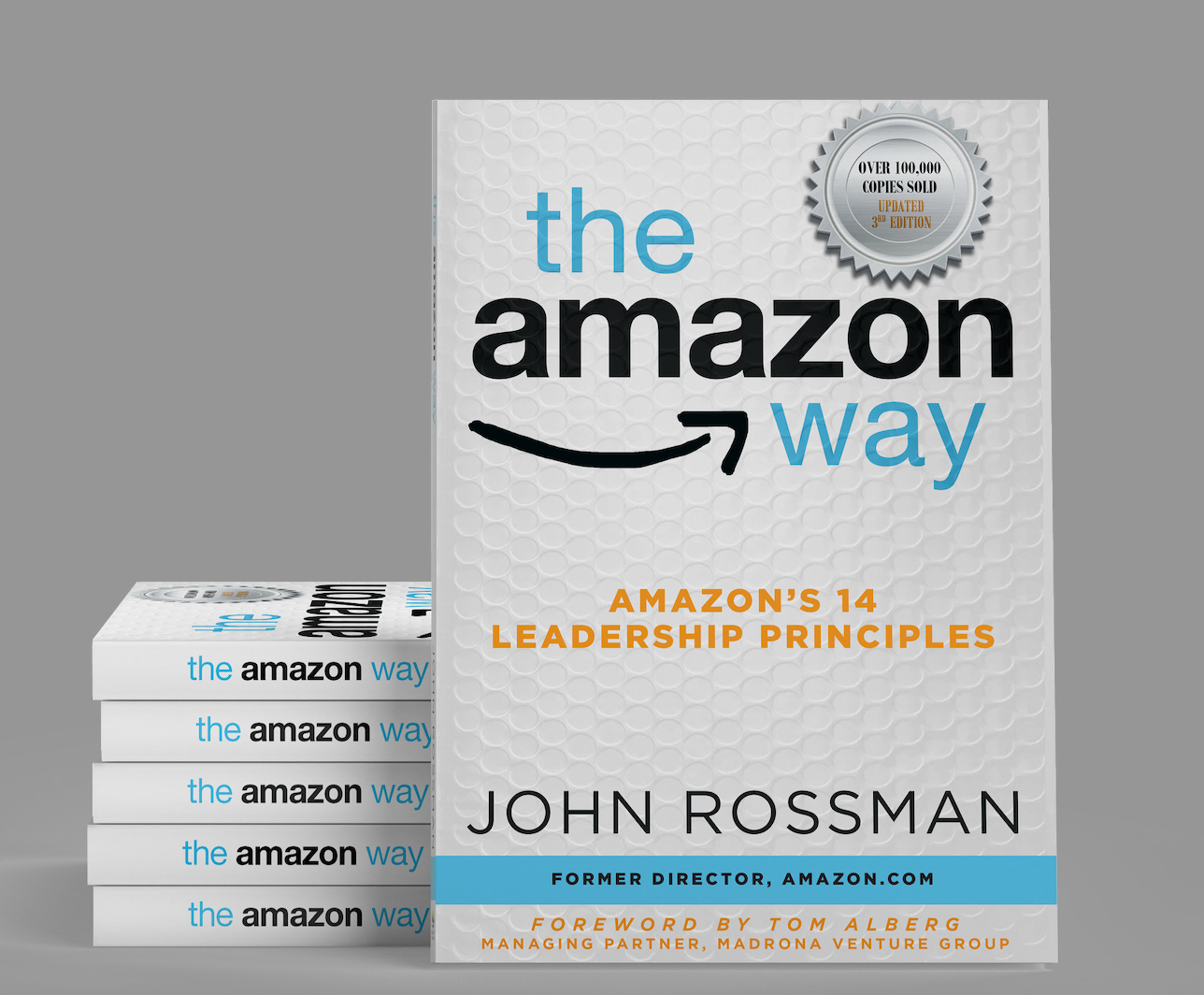What Jamie Dimon Thinks Kills Great Companies -- Straight Talk at the Stanford Business School
The Digital Leader Newsletter— Strategies and Techniques for Change Agents, Strategists, and Innovators.
The silent killer. Saps initiative, calculated risk-taking, teamwork, shared purpose, and accountability, like a boa constrictor, slowly squeezing the life out of its prey. But what is bureaucracy, and more importantly, what are the practical ways as a leader to systematically avoid it?
This timeless 2017 interview at the Stanford business school with Jamie Dimon is a masterclass in many topics, including communication and the fight against bureaucracy.
I highlighted a few critical points and added my comments inserted as “JER.” I encourage you to invest an hour of your time and watch the entire video. And then, have your team watch it and come together to discuss it.
Enjoy.
View From The Top
Q - What leadership characteristics are you looking for?
JD — “just some basic stuff. Character is a sine qua non1 (an absolute necessity). Tell the truth and nothing but the truth. They don’t shave the truth. They say the same thing to you as they as to you. The second I see people doing something different, they just go on a list. I have no interest; I don’t have the time. And people who relate well to people.
[JER — Subtle language is so critical! “They don’t shave the truth.” You say the same thing to every stakeholder. Demanding clear thinking and clear, critical communication helps cut bureaucracy. If you, as a leader, practice it and demand it from your team, this will set a tone. Good people thrive in a “straight talk” environment.]
Q — When people think of financiers, they think about competitive characteristics. How do you see the balance between competitive and collaborative?
JD — Listen folks. The things that kill companies are bureaucracy and politics. We had an offsite this summer. I was told several times we need to make this simpler; we need to make this better. Our meetings are too long. I said, “we are going to reimagine the way things should be, not the way they are today and let’s take a crack at killing some of this bureaucracy.
Someone wrote a memo. We all do pre-reads. In my meetings, you don’t flip through charts; you do your prereads, I expect you to do your homework, and you connect with people beforehand. So you don’t walk in and say “I want to do A, B & C, but I haven’t talked to this person yet. Why don’t you talk to this person? The meeting is canceled. Go do that first and then come back with your recommendation and, if you disagree, why you disagree.
[JER — Yes! Memos and meeting preparation. I have a current consulting assignment — a tricky case with poor options. In addition to the full PowerPoint deliverable, I’ve tried to insert direct and simply worded memos. Interesting to see the impact.]
Anyway, I had asked about bureaucracy and the preread, and it started with “bureaucracy is a required condition and the output of complex businesses operating in a complex global environment.” It’s just not true. Bureaucracy kills. It drives out good people. It drives-out innovation. It makes the person in the office next to you a competitor and not a collaborator.
That’s a really bad idea inside a company. It creates politics. And if you look at what’s killed companies over the years, it was bureaucracy. The Fortune 500 over the decades. Look at the companies that have failed. The ones that failed were dumb, bureaucratic, backward, and political. CEOs should never allow that stuff. And yet, they do. In the normal course, they allow it. We’ve seen a lot of public companies and boards allow it. Boards can create it, by the way.
The ones that failed were dumb, bureaucratic, backward, and political.
But collaboration does not mean “everyone has to agree.” Collaboration does not mean you go along to get along because that’s very often what you mean by it (collaboration). “He’s a good guy…” If you walk into me and say, “I’m going to be loyal to you,” I would question what that means because you should be loyal to the institution. You should be loyal to the customers. You can be loyal to the principles for which i stand, but being loyal to me typically means you’ll be loyal to my decisions whether or not you agree. Which i just think is a mistake.
Q — On his direct communication style
JD — “You gotta be very specific because we can all say, “the customer is the most important thing, and the customer, the customer.” But it should mean something specific like do you actually read customer complaints and then do you do something about it? As opposed to “we put the customer first.” A lot of people say that and they don’t mean it in any way, shape, or form. There are no actions that would actually support the statement that “we are customer-centric”.
[JER — Last week’s newsletter was about customer-centricity. Customer-centricity is one critical principle (with many techniques) to help avoid bureaucracy, and, as Jamie stated, it actually needs to mean something. Here’s how to do it. ]
When done right, customer-centricity cuts through the lies we tell ourselves about our lackluster value proposition & business results
The entire hour is highly worth the time. Watch it. Talk about it. Create change in your culture and start squeezing out bureaucracy.
Do you have a copy of The Amazon Way. Here’s a short section from the third edition of The Amazon Way about bureaucracy. Pick up your copy (holiday team gift???). Have a team “book club.” Invite me to one of your sessions!
The Amazon Way is not about Amazon. It’s about what we can take from a company like Amazon to incorporate into your businesses.
Onward!
John
(The third edition of The Amazon Way was released in June 2021. It includes a new forward from Tom Alberg, an early investor in Amazon and an Amazon board member for 21 years, and several other updated sections.)
From The Amazon Way
Here’s a story on Jeff Bezos's perspective on bureaucracy and its relationship to processes.
“One of the great observations I heard from Jeff came during one of our all-hands meetings, held at a local movie theater. Jeff took a question from an employee about avoiding bureaucracy while still ensuring that certain rules were put in place. Jeff responded with, “Good process is absolutely essential. Without defined processes, you can’t scale, you can’t put metrics and instrumentation in place, you can’t manage. But avoiding bureaucracy is essential. Bureaucracy is process run amok.”
Jeff understood that A-level performers hate bureaucracy and will leave organizations where it encroaches upon them. By contrast, C- and D-level performers, many of whom typically reside in middle management in any given organization, love bureaucracy because they can hide behind it, acting as gatekeepers and frequently creating the kind of friction that can bog down an entire company. Strong processes with measurable outcomes eliminate bureaucracy and expose underperformers.
So, how do you recognize bureaucracy and distinguish it from a well-defined process? When the rules can’t be explained; when they don’t favor the customer; when you can’t get redress from a higher authority; when you can’t get an answer to a reasonable question; when there is no service-level agreement or guaranteed response time built into the process; or when the rules simply don’t make sense—when any of these circumstances occur, the chances are good that bureaucracy is beginning to spread.
I distinctly remember one particular S-Team meeting where Jeff looked east, out across Lake Washington to the Microsoft campus, and told us, “I don’t want this place to become a country club.” He truly feared that, with success and growth, Amazon would become complacent and bloated; that we would lose our spirit and our desire to take risks; that we would cease to insist on the highest standards and gradually entangle ourselves in a giant ball of red tape. He told us that if we became a bureaucracy, we would die. “What’s worse,” he said, “is it won’t be fun to come to work anymore.”
As you work to invent and perfect processes, always remember that simplicity is an essential bulwark against the creeping onslaught of bureaucracy.2
Onward!
John
About The Digital Leader Newsletter
This is a newsletter for change agents, strategists, and innovators. The Digital Leader Newsletter is a weekly coaching session focusing on customer-centricity, innovation, and strategy. We deliver practical theory, examples, tools, and techniques to help you build better strategies, better plans, and better solutions — but most of all, to think and communicate better.
Sine qua non can be translated literally as "Without which, not."
Rossman, John. The Amazon Way: Amazon's 14 Leadership Principles (pp. 31-32). Clyde Hill Publishing. Kindle Edition.





